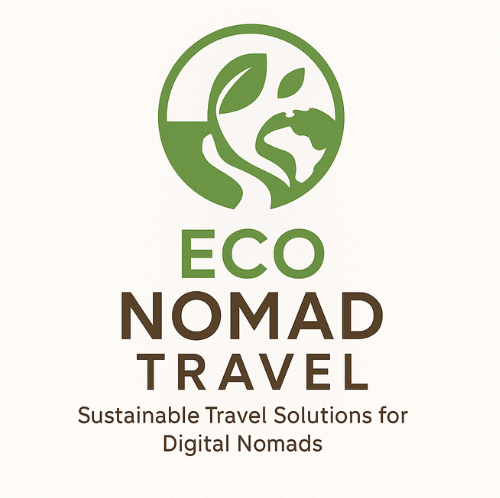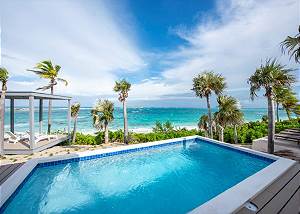-
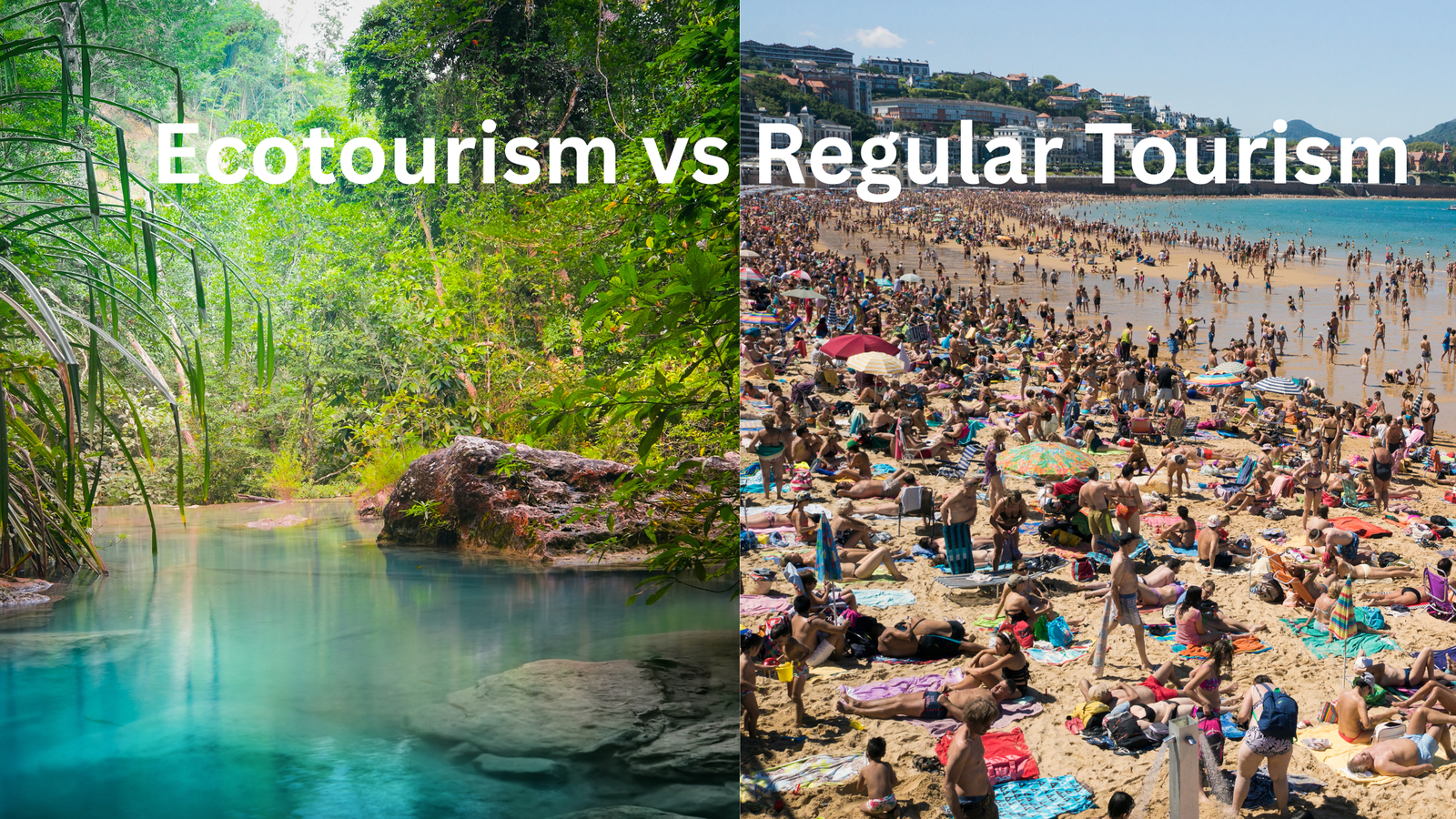
Ecotourism vs Regular Tourism (2025): Understanding the Real Difference Explore how the future of travel is shifting from mass consumption… Read More
-
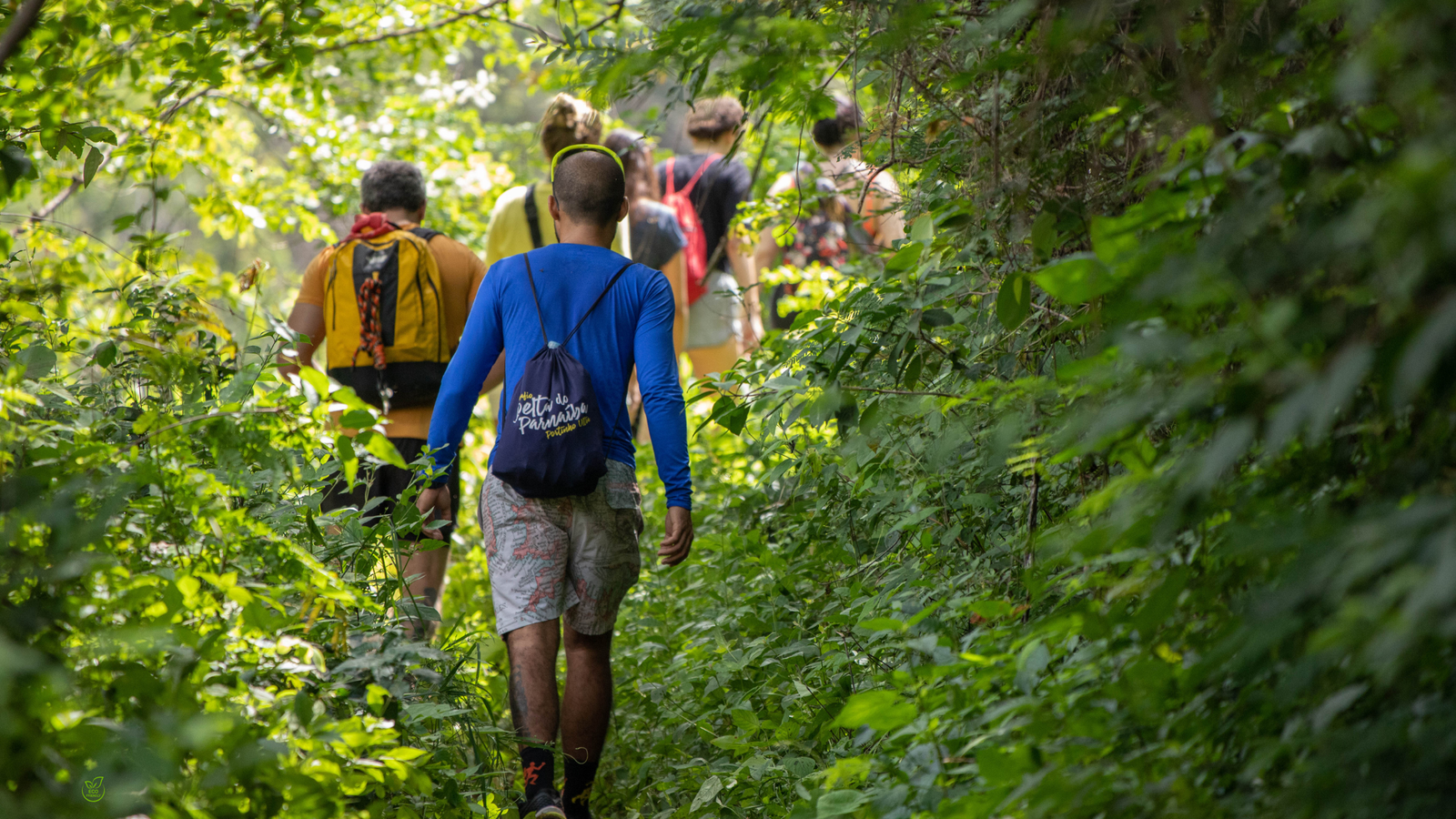
What Makes a Tour Truly Sustainable? Understanding Eco Friendly Tours in 2025 Beyond buzzwords — discover how genuine sustainability is… Read More
-
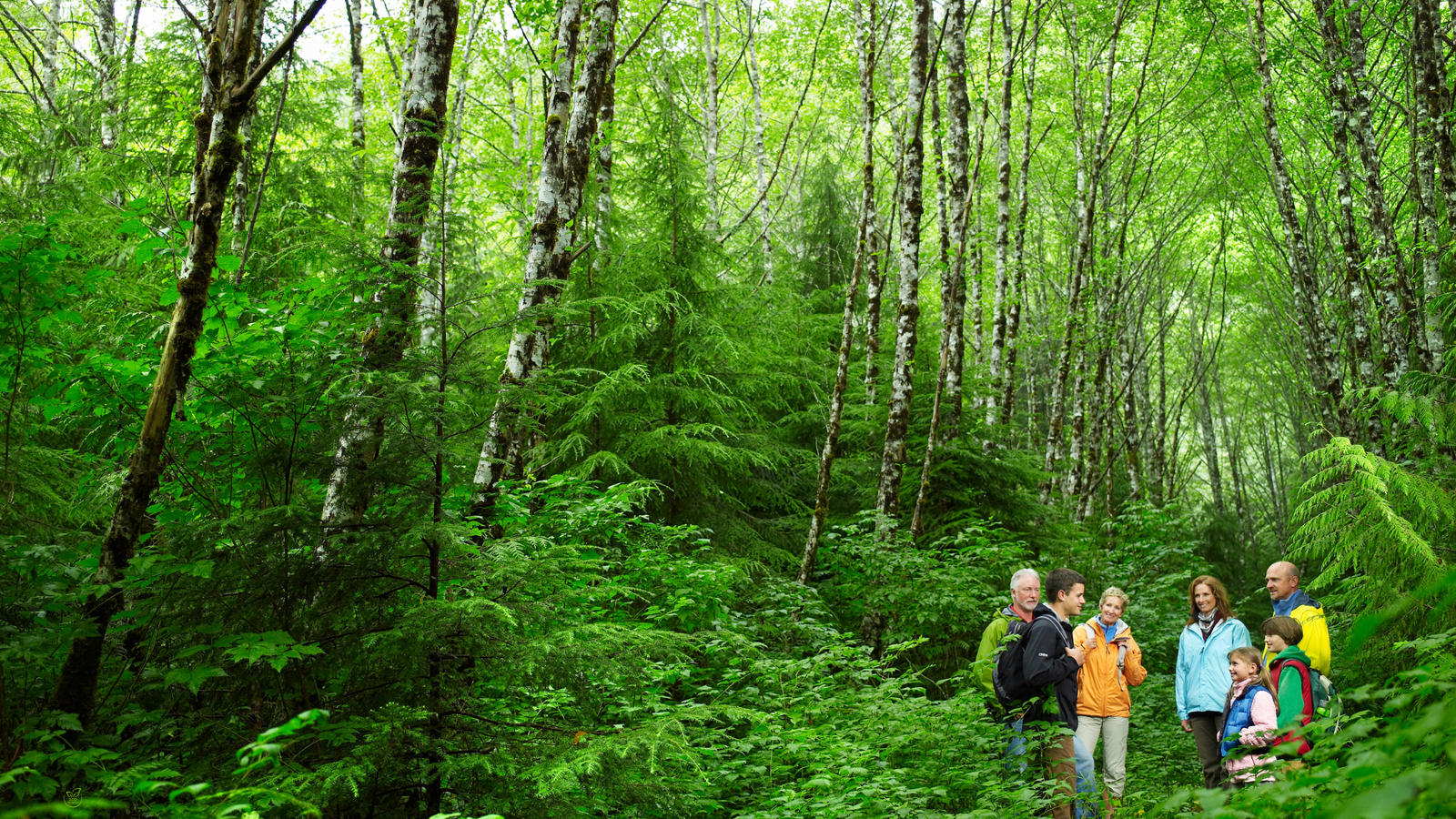
How to Choose Eco-Friendly Tour Operators in 2025: Travel With Purpose Learn how to spot authentic sustainable tours, avoid greenwashing,… Read More
-
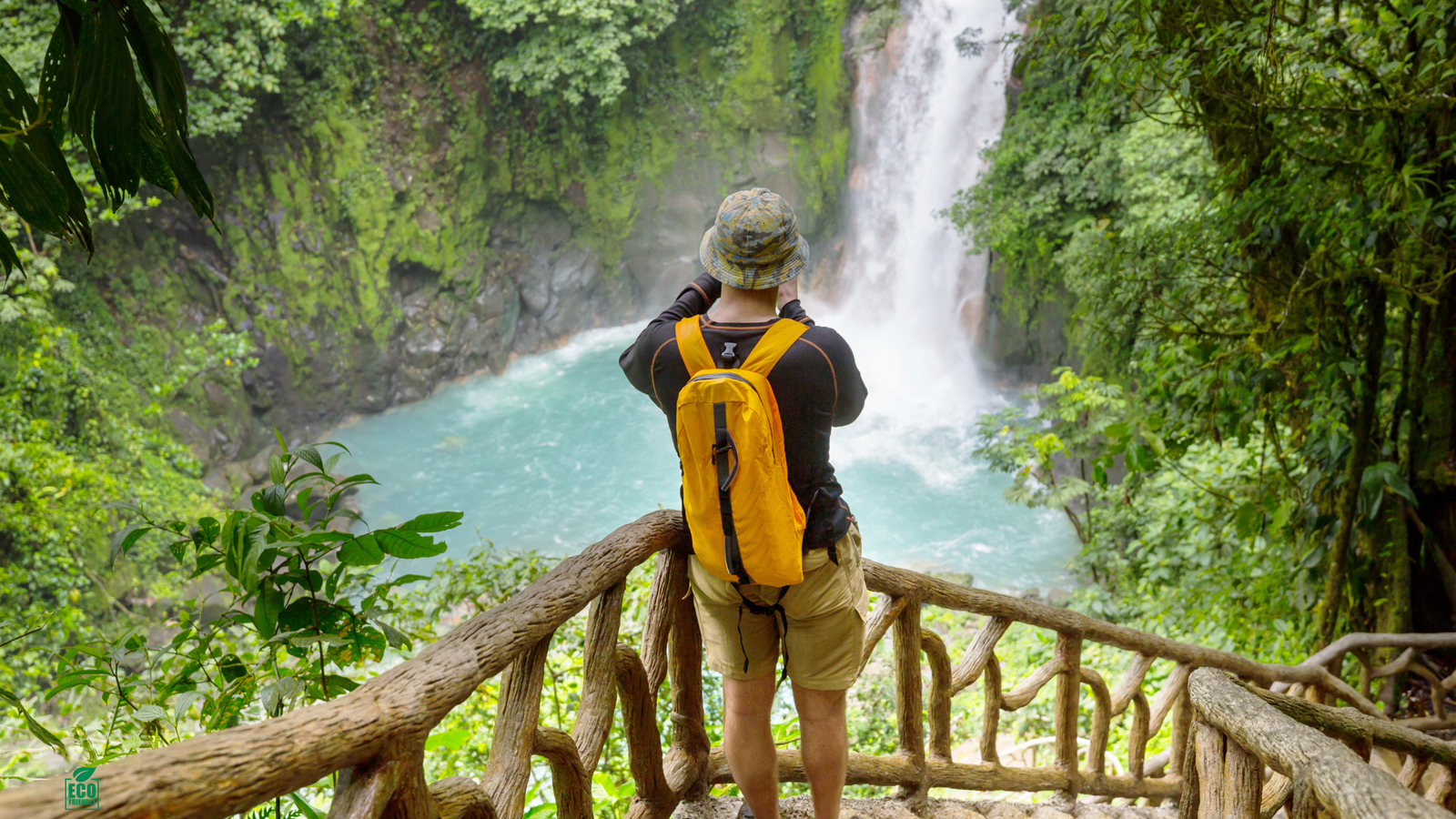
Top 10 Ecotourism Destinations for 2025: Where Sustainability Meets Adventure Explore the world’s most inspiring eco-destinations — where travel supports… Read More
-
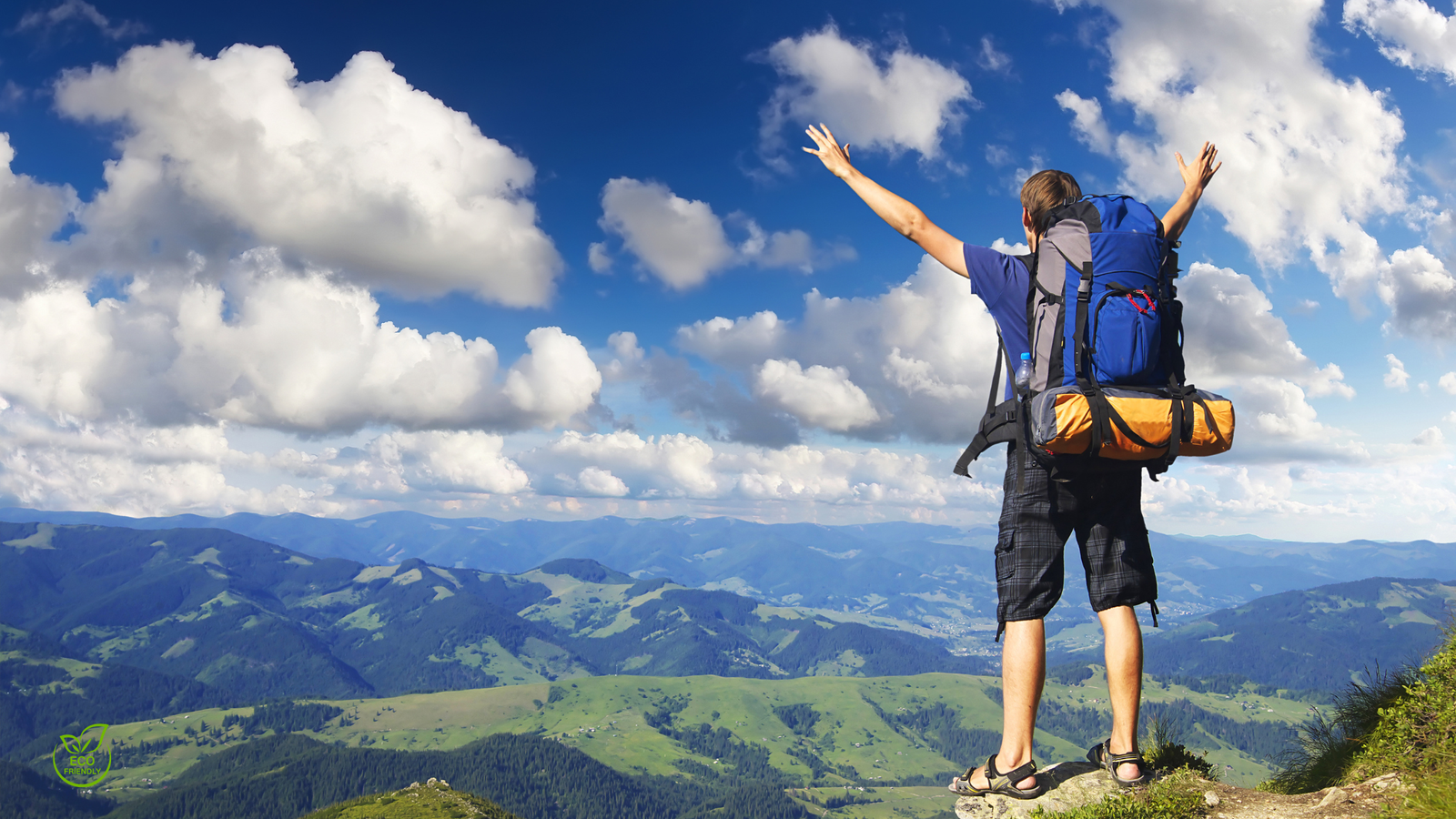
Home › Sustainable Nomad Lifestyle › What Is Ecotourism? The 2025 Guide to Sustainable Exploration What Is Ecotourism? The 2025… Read More
-
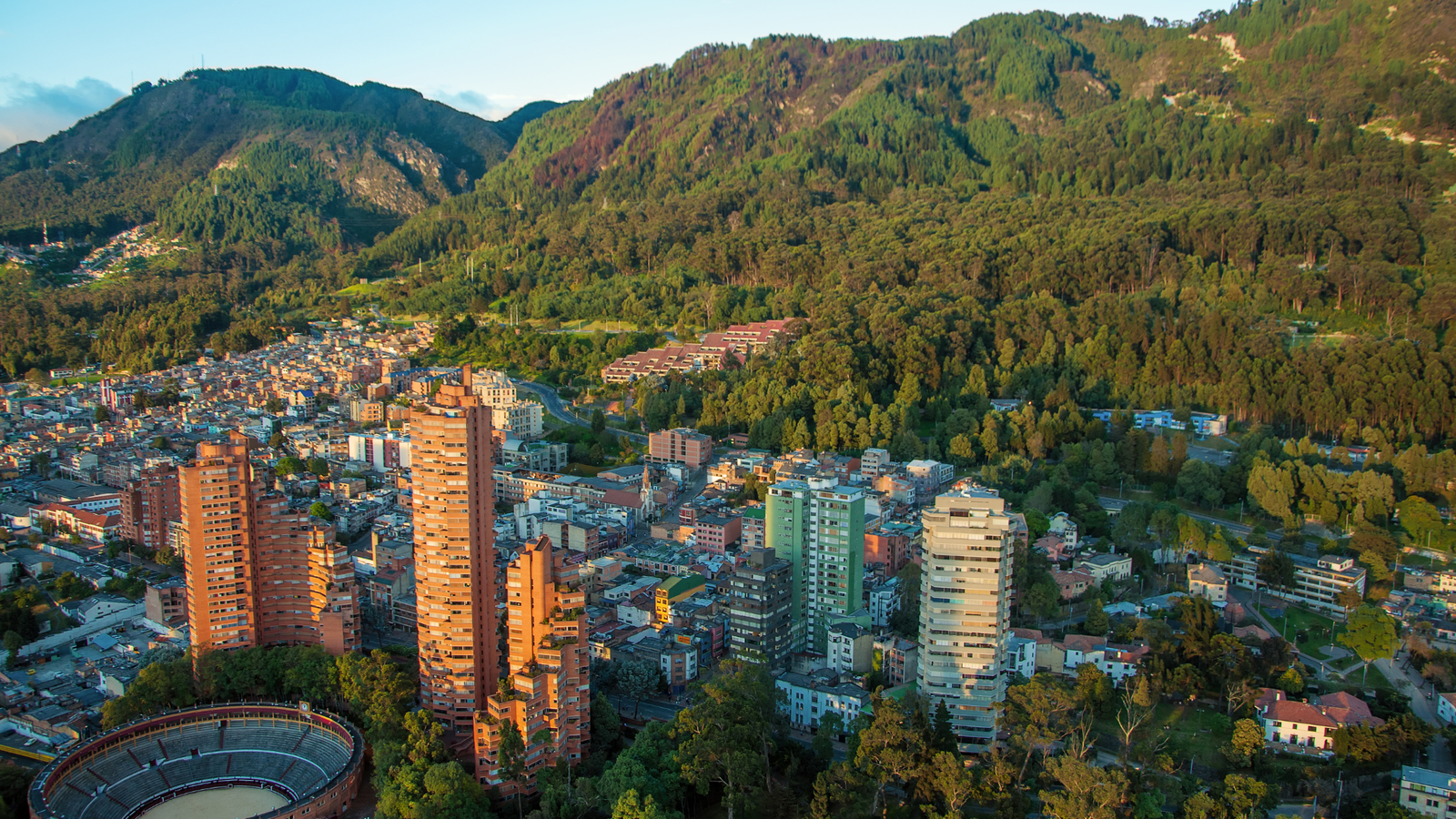
Latin America’s Community-Led Eco Tours: Top Spots for 2025 Latin America community ecotourism 2025 is reshaping how travelers explore —… Read More
Sustainable Adventures: Eco-Friendly Trips & Gear for Digital Nomads (2025)
Explore eco-friendly travel ideas, rail-first itineraries, and durable gear that keeps your footprint low and your days high-quality—whether you’re crossing borders or basing long-term in one region.
Disclosure: We may earn a commission if you book via these links—never at extra cost to you.
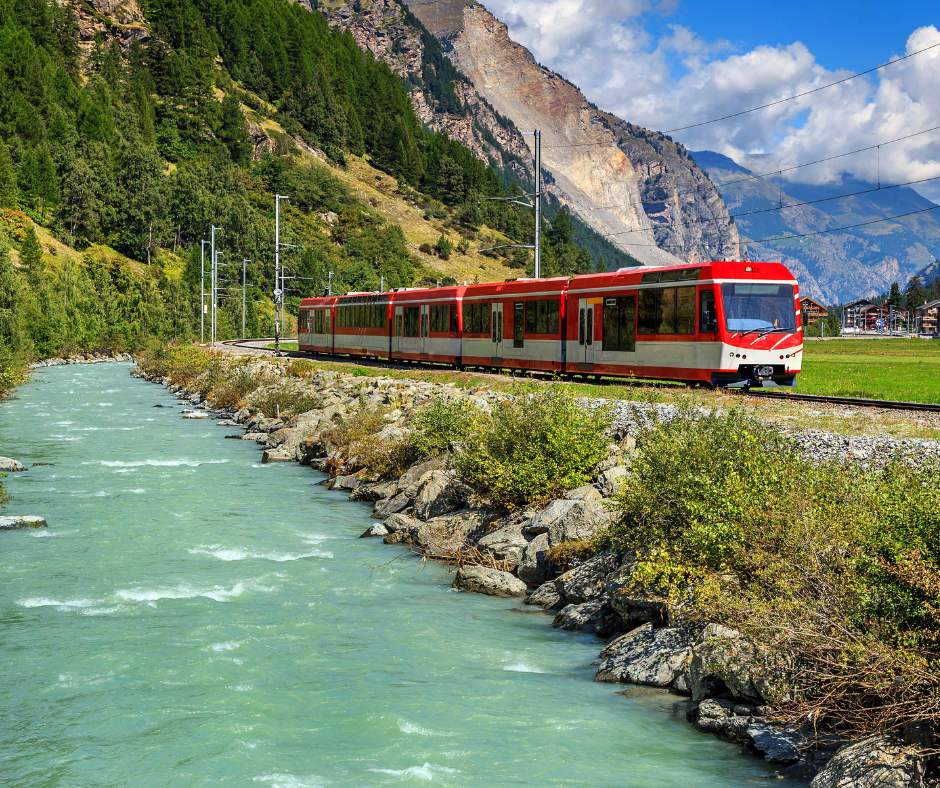
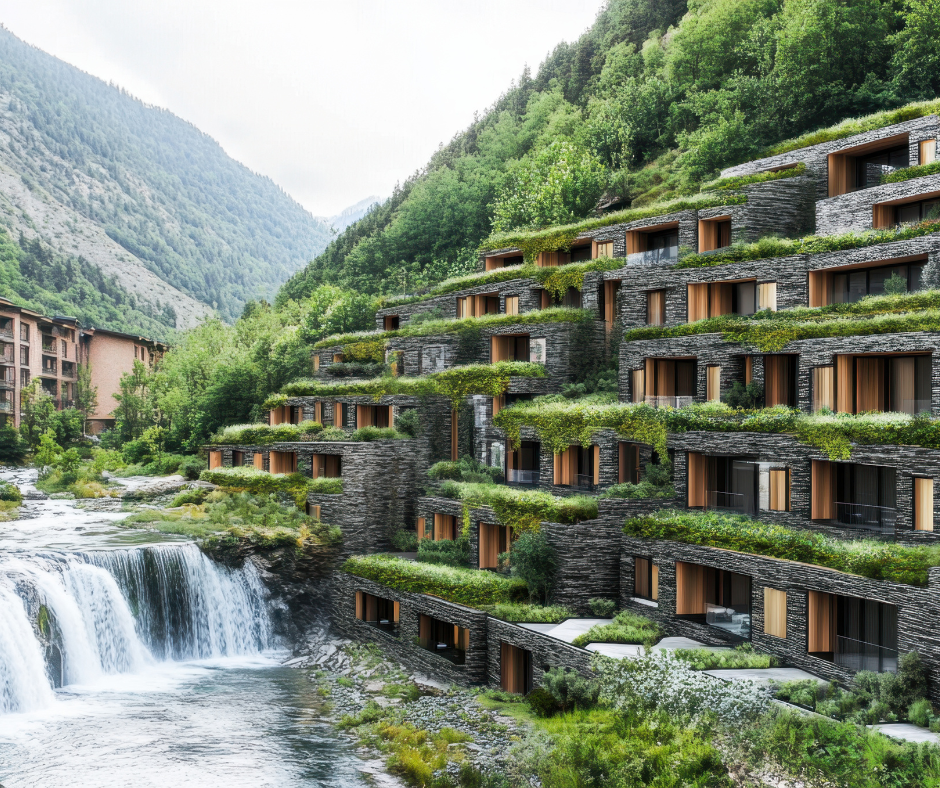
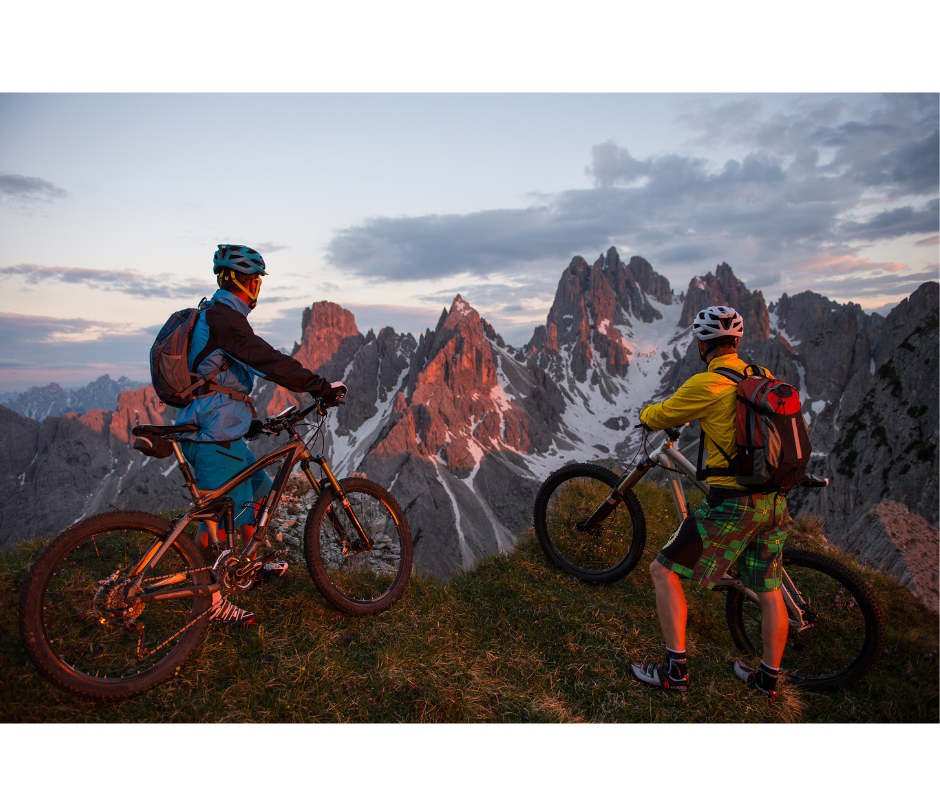
What Counts as a Sustainable Adventure?
Sustainable adventures emphasize **low-impact transport**, **respect for ecosystems**, and **direct benefits to local communities**. Practically, that means prioritizing trains, buses, cycling, and walking; choosing small, certified or demonstrably responsible accommodations; and finally, spending with neighborhood businesses that keep profits local.
For a deeper foundation, pair this section with our guides on low-impact travel habits, the carbon-neutral workflow, and our eco travel kit.
Where to Go, and How to Get There (Train-First Ideas)
Because rail lands you right in the center, you waste less time in transfers and traffic, and you lower emissions substantially. Begin with **corridors that have frequent services** and **night-train options**; then, map day trips on regional lines or by bike. For inspiration, see our Night Trains in Europe (2025) and compare modes with Train vs Plane Emissions.
- Alpine Valleys: Rail + hiking loops along rivers and lakes; stay in towns with good transit spines.
- Coastal Loops: Use ferries and commuter lines; snorkel only with reef-safe sunscreen (see our reef-safe guide).
- City-Base Weeks: Two cowork days + two rail micro-adventures + two slow days on trams and foot.
Gear & Zero-Waste Packing That Actually Travels
Start with a compact, durable **carry-on capsule** and refillable toiletries. Then, add a reusable food kit, a stainless bottle with filter, and packable layers that work across climates. Our Zero-Waste Packing List (2025) and Eco-Friendly Travel Kit show exactly what to bring—and how to maintain it for years.
Water, Wildlife & Culture: Ethics That Keep Places Thriving
Choose guides who follow **no-touch wildlife rules**, keep group sizes small, and contribute locally. Swim with mineral sunscreens that are reef-safe, stick to waymarked trails, and carry everything out. In towns and villages, learn greetings, ask before photographing, and spend mindfully at family-run businesses.
Budget, Safety & Comfort—Without the Waste
Travel off-peak, bundle transport and lodging with **night trains**, and cook simple, plant-forward meals from markets. Meanwhile, reduce stress by staying longer in fewer places, buying quality gear once, and relying on **walkable, transit-rich bases**. See our picks for workation cities without a car.
Sample Itineraries You Can Copy
48-Hour Rail Escape
- Day 1: Morning train to a nearby valley, riverside hike, sunset bike ride; local, seasonal dinner.
- Day 2: Early tram to market, refill bottles, half-day kayak tour; return by rail.
One-Week City-Base Plan
- Mon–Tue: Cowork near metro; evening walks and local eateries.
- Wed & Fri: Regional trains to small towns, museums, and nature reserves.
- Thu: Admin + laundry; slow neighborhood day.
- Sat–Sun: Bike-share coastal path or forest loop; farmers’ market picnic.
FAQs: Sustainable Adventures for Digital Nomads
How do I choose an eco-lodge that’s actually sustainable?
Look for third-party certifications (GSTC-recognized), clear water/energy policies, local employment, and transparent waste practices. When in doubt, message the host with specific questions.
Are night trains comfortable and safe?
Modern sleepers offer couchettes and private cabins; choose the privacy level that fits. See our sleeper booking guide.
What’s the biggest emissions win for weekend trips?
Replace short-haul flights with trains or buses, and cluster your activities around walkable hubs.
How do I keep plastic waste low on the move?
Carry a compact zero-waste kit (bottle + filter, cutlery, container, cloth napkin) and choose markets over packaged snacks.
Can I travel green on a tight budget?
Yes—travel off-season, stay longer, use rail passes or regional tickets, and cook simple meals with local produce.
Do eSIMs really make things more sustainable?
They reduce physical SIM waste and simplify connectivity; we’ve had reliable results with Airalo and Yesim.
How should I plan around water quality?
Bring a small purifier (UV or filter bottle) and note refill points. This avoids plastic bottles and saves money.
Is biking realistic in big cities?
Often yes; choose cities with protected lanes and bike-share. Helmets and lights improve safety, and transit fills gaps.
Where can I learn more about reef-safe practices?
Start with our Reef-Safe Sunscreen Guide and local marine-park rules.
What’s the simplest packing rule to remember?
Carry-on only, neutral layers, solids/refills, and a reusable food kit. See our Zero-Waste Packing List.
Eco-Travel Guides Hub (2025): Your Path to Low-Impact Trips, Step by Step
Use this hub to move from curiosity to confident action. First you’ll get the big picture, then—crucially—you’ll follow themed paths that turn ideas into itineraries. Because guides are only useful when they help you plan, pack, and go with less carbon, less waste, and more ease.
Start Here: How to Use This Hub
Begin with the essentials, and then, build outward. First, skim our primer on eco-friendly travel tips to understand the levers that actually matter. Next, move to the practical sequence—pack lighter with our zero-waste packing list, assemble a durable eco travel kit, and finally, plan for emissions with the carbon-neutral workflow.
After that, choose a mobility model that fits your route. For regional hops, rail beats short-haul flights; therefore, browse night trains in Europe and our walkthrough on booking sleeper trains. Finally, stitch it together with car-free city bases that let you walk more, spend less, and see more—without burning time in traffic.
7 Learning Paths (Choose Your Track)
1) Rail & Slow-Travel Essentials
Because short flights drive outsized emissions, swapping them for rail often delivers your biggest win. Consequently, learn how to compare routes, pick privacy levels on sleepers, and arrive in the city center already downtown. Then, extend stays to turn transfers into deep days.
2) Zero-Waste Packing That Actually Works
Instead of juggling disposables, pack once and refill often. Therefore, build a compact carry-on capsule, switch to solids, and rely on long-lasting tools that you won’t rebuy every month.
3) Carbon-Neutral, Step by Step
Measure, avoid, reduce, replace, and only then offset. Because reduction always beats compensation, you’ll first restructure routes and meals, and afterwards you’ll purchase verified credits for the remainder.
4) Destinations Without a Car
Because transit-rich hubs remove planning friction, base yourself where walking, bikes, ferries, trams, and sleepers do the heavy lifting. Then, day-trip outward instead of repacking nightly.
5) Gear & Digital Workflow
While gadgets are unavoidable, choosing fewer, longer-lasting devices—and working offline in focused blocks—cuts stress and data energy use. Meanwhile, eSIMs remove airport SIM hunts entirely.
6) Budget-Friendly Green Travel
Because green often means frugal, you’ll save by staying longer, cooking local, and riding night trains that bundle transport and lodging. In addition, you’ll drop bag fees by going carry-on only.
7) Responsible Nature & Culture
Finally, choose ethical wildlife encounters, learn local etiquette, and support community-run tours. As a result, your money stays local while your impact stays light.
Car-Free City-Base Templates
Pick a walkable core, map grocers and markets, and then layer in trams, trains, and ferries. Consequently, you’ll cover more ground with fewer moves and lower costs.
- Lisbon: base near Saldanha/Picoas for flat walks + metro. Day-trip Cascais, Setúbal, and Sintra by rail.
- Valencia: Ruzafa/Cabanyal for bikes + tram access; keep a beach/cowork split week.
- Porto: Trindade/Casa da Música for easy metro transfers; day-trip Braga/Guimarães.
Our Editorial Standards
We prioritize clear actions over slogans; therefore, every guide focuses on decisions that move emissions, waste, water, or cultural respect in the right direction. Sources include GSTC, UNEP, IPCC, and official rail operators. Affiliate links—clearly labeled below—never change our recommendations; instead, they help keep the site free.
Disclosure: we may earn a commission if you book via these partners—never at extra cost to you.
Guide Index (Internal Links)
- Eco-Friendly Travel Tips (Primer)
- Zero-Waste Packing List (2025)
- Eco Travel Kit (Refillables & Solids)
- Carbon-Neutral Travel: Step-by-Step
- Book European Sleeper Trains
- Night Trains in Europe (2025)
- Train vs Plane Emissions (2025)
- Workation Cities Without a Car
- Low-Impact Travel Habits
- Reef-Safe Sun Care (2025)
Still deciding?
No worries—choose the fastest next step. Plan a rail-first itinerary that cuts short flights, or build a zero-waste carry-on that works trip after trip.
Tip: rail + carry-on only = faster transfers, lower costs, and a lighter footprint.
